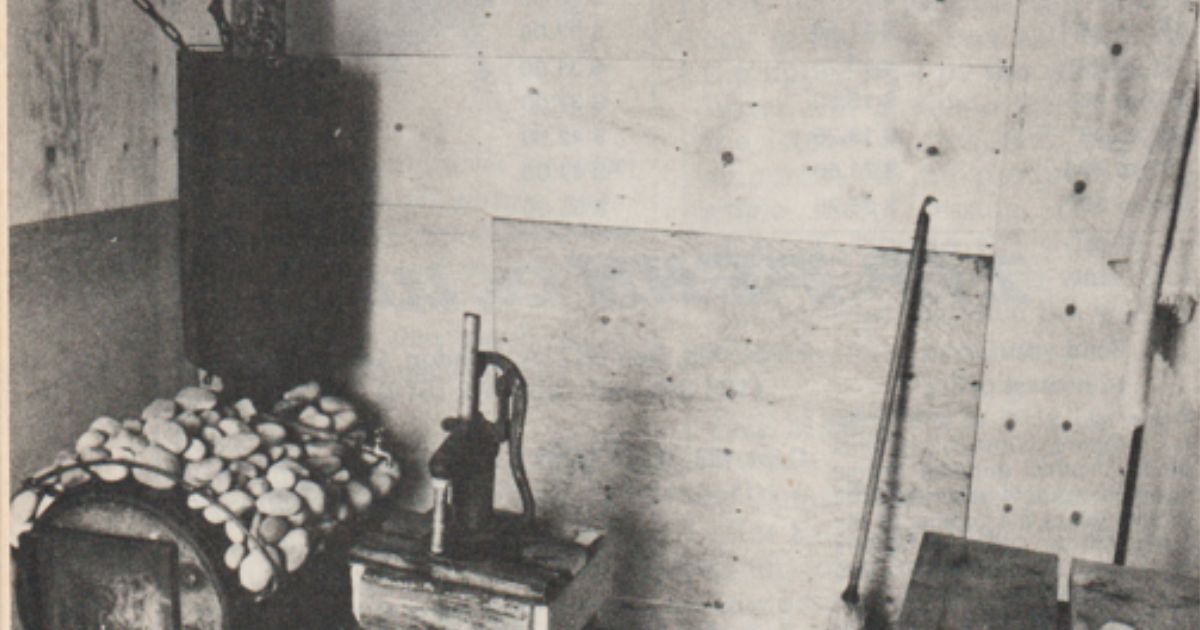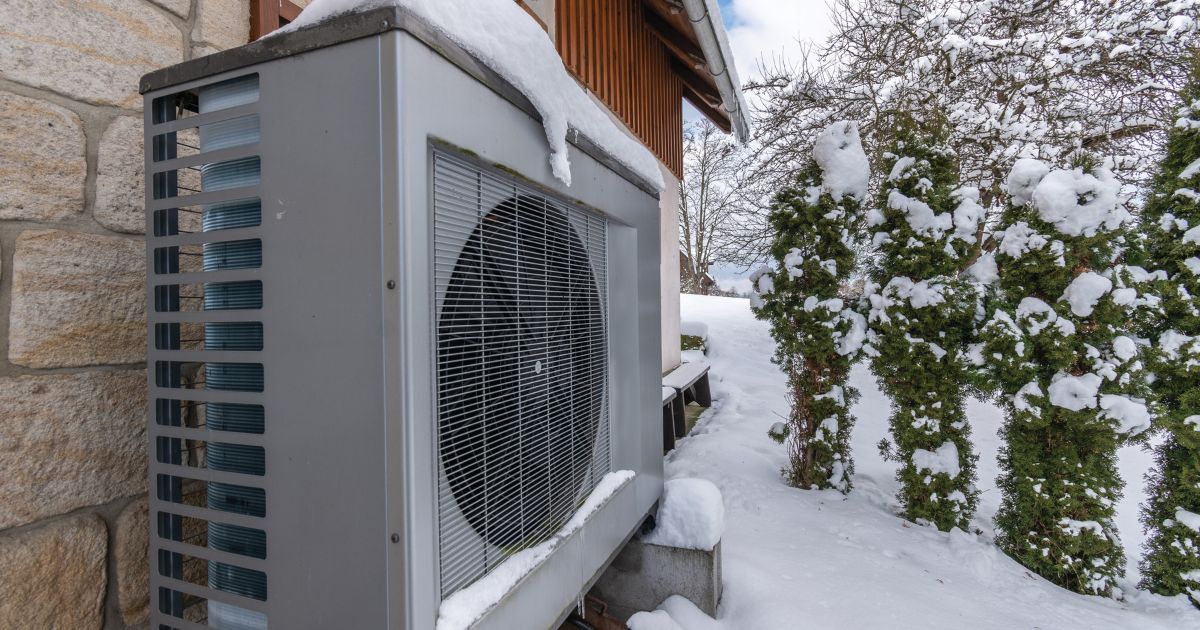If you’ve been thinking that perhaps heating with firewood might be a good way to reduce your household energy bills this coming winter, you could be right, or you could be wrong. It all depends on how you obtain your firewood. Buying ready-to-burn firewood is a great way to bring a cheery glow into your living room, but the economics probably won’t yield financial savings compared with more conventional heat sources. That said, firewood burned in a modern wood stove or fireplace insert can offer significant relief from high heating costs if you cut and split that firewood yourself. Canada has unimaginable amounts of good wood that goes to waste each year, and a lot of this wood comes from trees and branches that are available to cut and split for free. A wood splitter is the tool of choice for making useful amounts of firewood, but there are things to consider as you decide if a wood splitter really is for you.
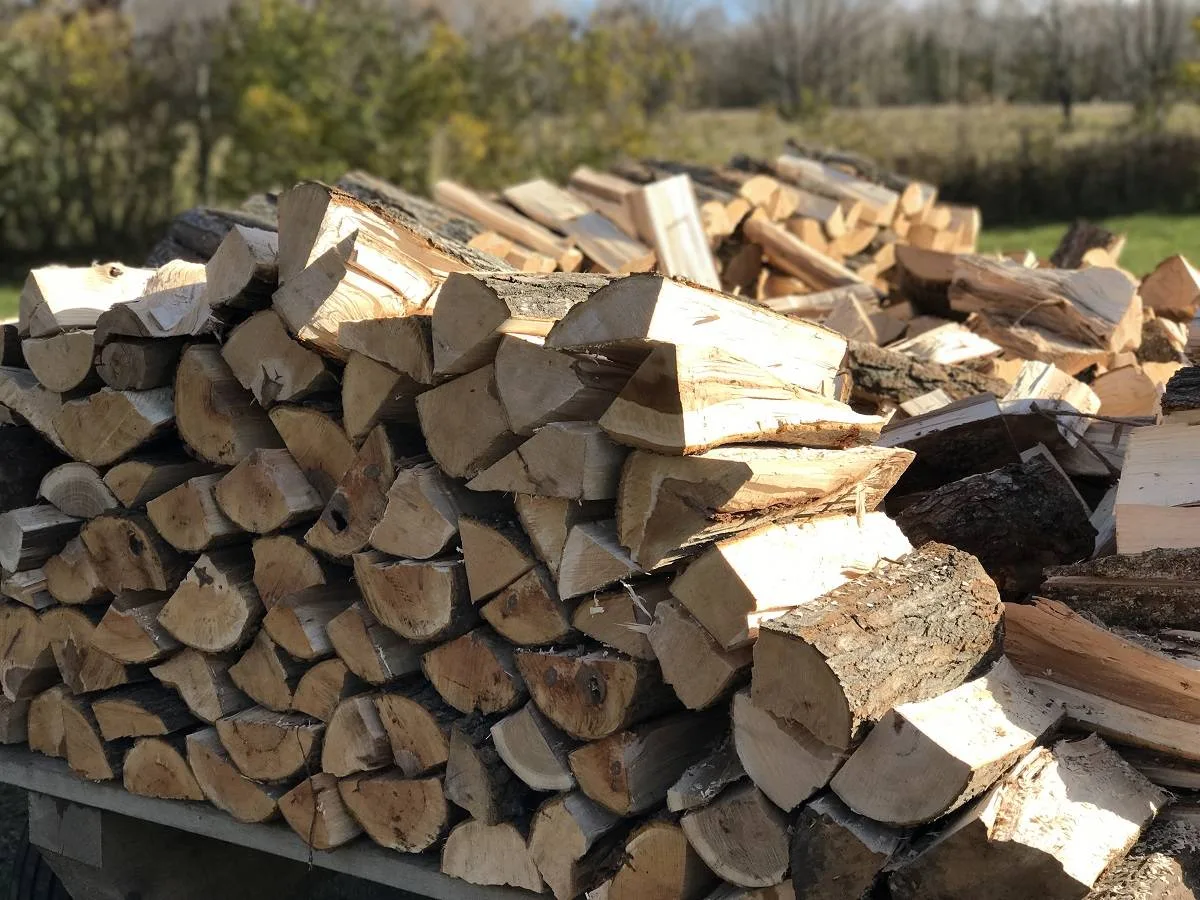
Why Split Firewood?
The main difference between a log and firewood is that the log has been sawn into lengths that can fit into a wood-burning appliance, with the bigger blocks of firewood also made smaller in diameter by splitting once or multiple times along their length. Besides making the pieces smaller and easier to handle, splitting allows wood to dry more quickly and thoroughly by opening up the bark. I’ve split hundreds of cords of firewood by hand with an axe over my 30-plus years of heating with wood, but I also know that a gasoline-powered wood splitter makes the work much more efficient and sustainable. A litre of gasoline run through a splitter yields enough firewood to keep an average Canadian home warm for weeks. It’s a good deal. The most common type of gas-powered wood splitters use a 5- to 12-horsepower engine to drive a hydraulic wedge into the end of a firewood block, splitting the wood along its length. Start the engine, place a block of firewood on the splitter, push the hydraulic control lever, then watch the splitting wedge move slowly into the wood, prying it apart in a least two pieces with nearly unstoppable force. If you’ve ever seen a wood splitter in action, the operation might look dangerous. As with so many parts of the hands-on lifestyle, running a wood splitter is perfectly safe as long as you remember several rules, but one rule in particular.
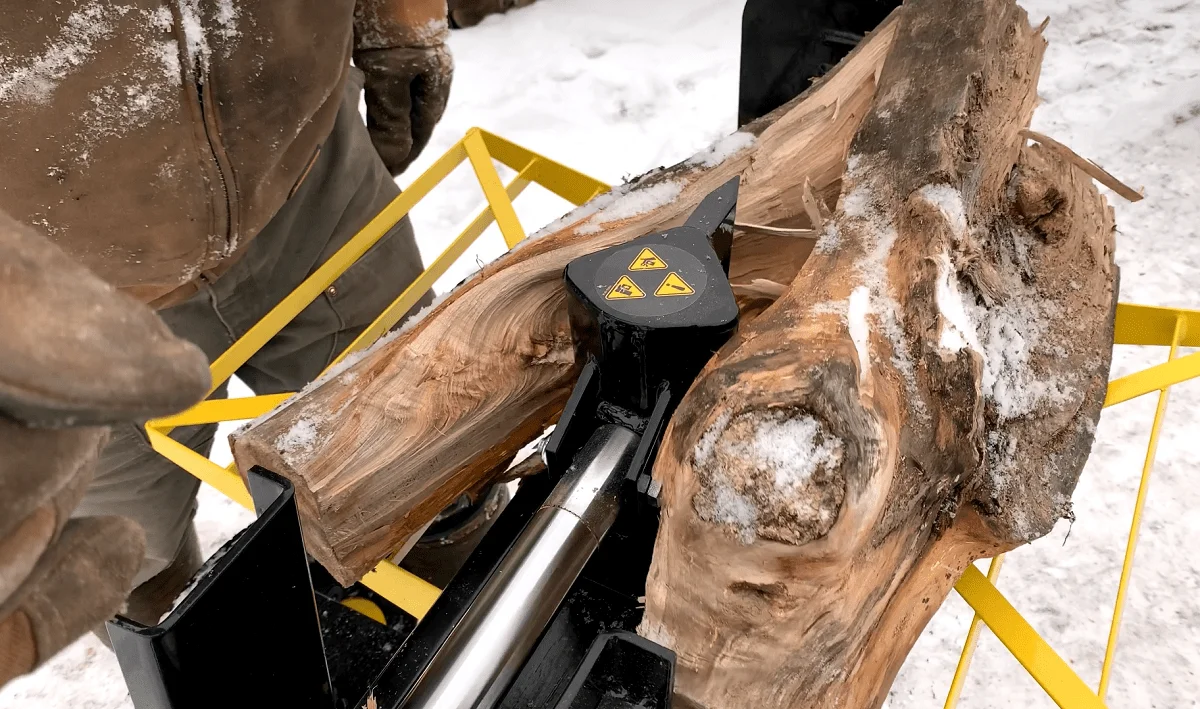
Splitter Safety
The main safety concern with any wood splitter is that your hand might someday get caught between the log itself and the wedge-shaped part of the splitter as it moves into the wood. The safeguard? Never allow your hand to touch the wood while the splitter wedge is moving. This is no problem for the hand that’s operating the control lever, but this rule applies more to the other hand. If you always make it a point to lift your non-lever hand off the wood before activating the lever, it will always be out of harm’s way. Sometimes you do need to steady a log on the side when it’s being split while standing up in the vertical orientation, but “hands-off the log” is a good policy for horizontal work. Visit baileylineroad.com/39055 to watch my video tour of using a wood splitter safely and productively.
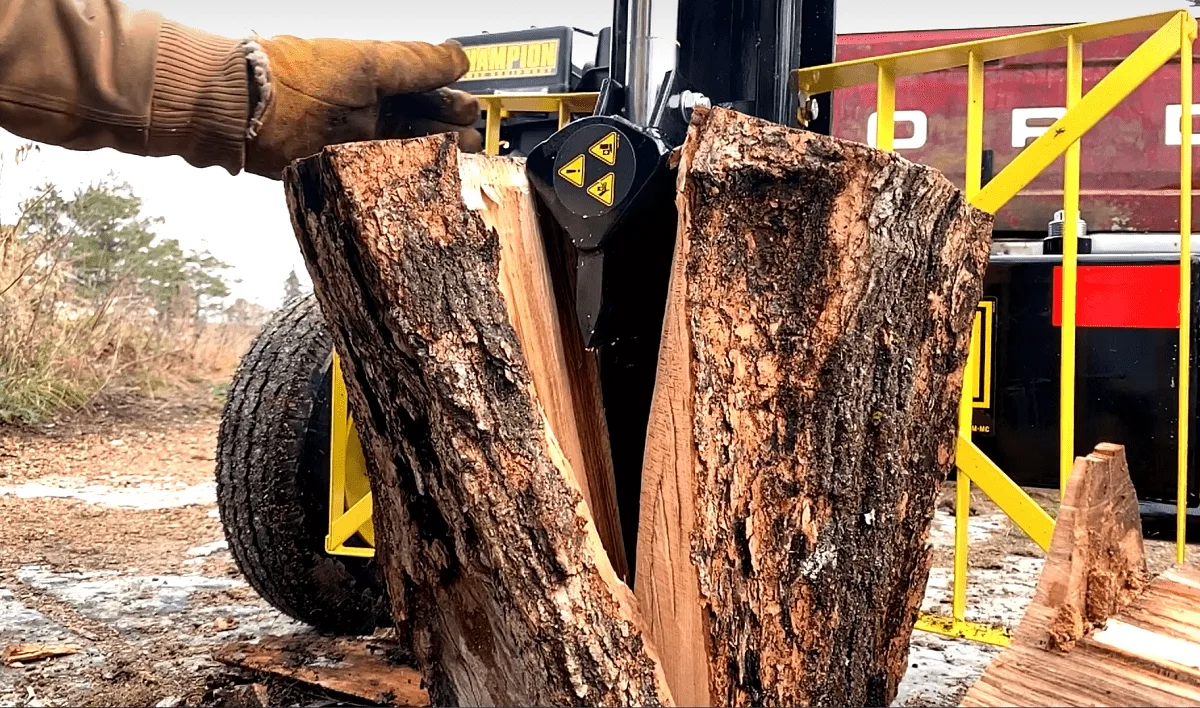
The best wood splitters can be towed behind a truck or car. This is one reason it’s entirely possible to obtain firewood from free sources, even if you live in a city. Tow the splitter across town to process some big branches a buddy had trimmed from his backyard trees, or even pull the splitter up to the cottage to make firewood up there. Leave the wood there for heating in the lakeside shoulder seasons or bring some back to the city to keep warm down there. Making firewood is not for everyone, but it is a great lifestyle option for more people than are enjoying it now. There’s nothing like being cozy in your home on a winter’s night, warmed by a cheery glow that you made with your own hands (and the help of a wood splitter).
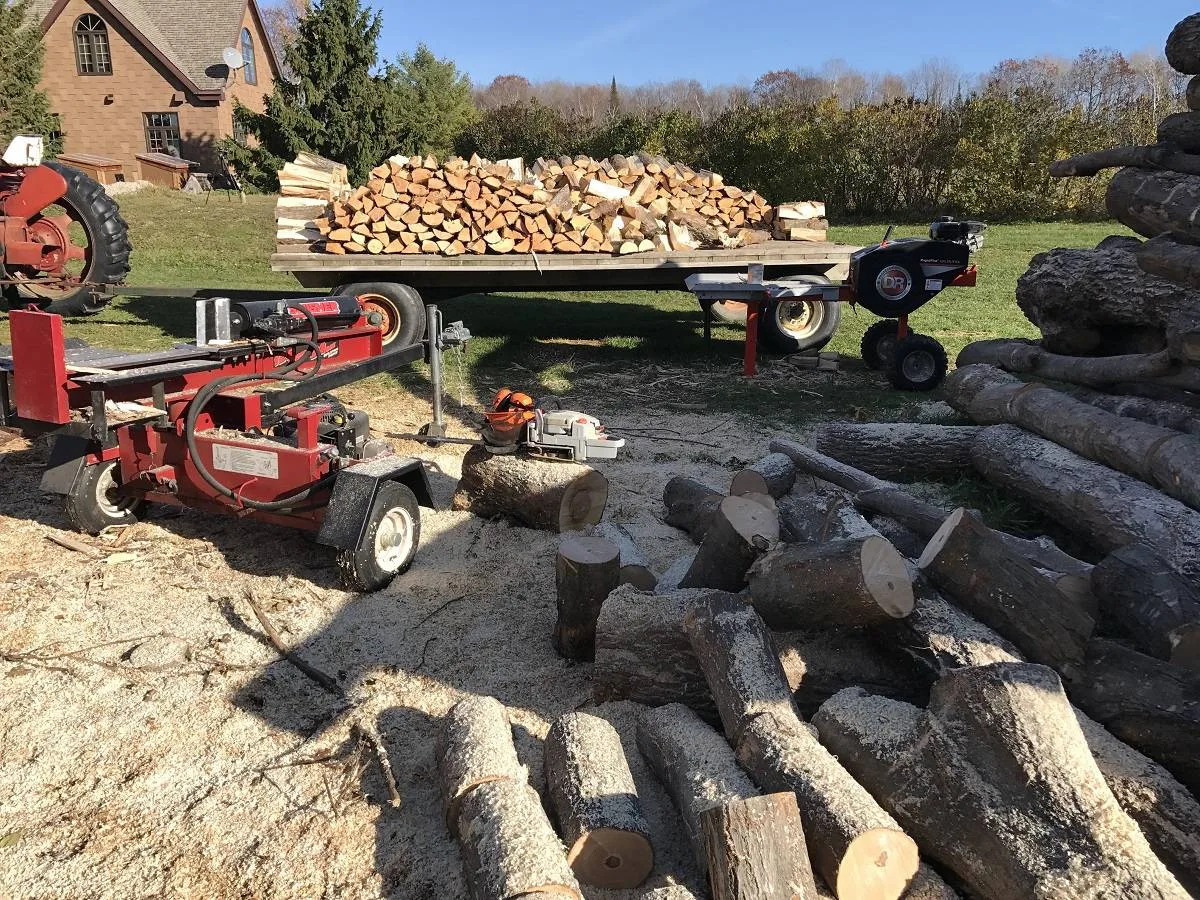
Sidebar: Wood Splitter Field Tips
- When using a wood splitter, always wear hearing and eye protection as well as safety boots and work gloves.
- Greatly reduce the chance of injury by having the same person place the logs in position and operate the hydraulic lever.
- Save labour by splitting wood right into a truck box or loader bucket, or where it will be stacked. Letting split wood fall to the ground leads to more wood handling.
- Always store your splitter with a full tank of fuel that’s been treated with stabilizer.
- If your wood splitter is not starting, drain the fuel from the carburetor bowl, then try again. This simple trick often allows any small engine with a bowl-style carburetor to start after long-term storage.
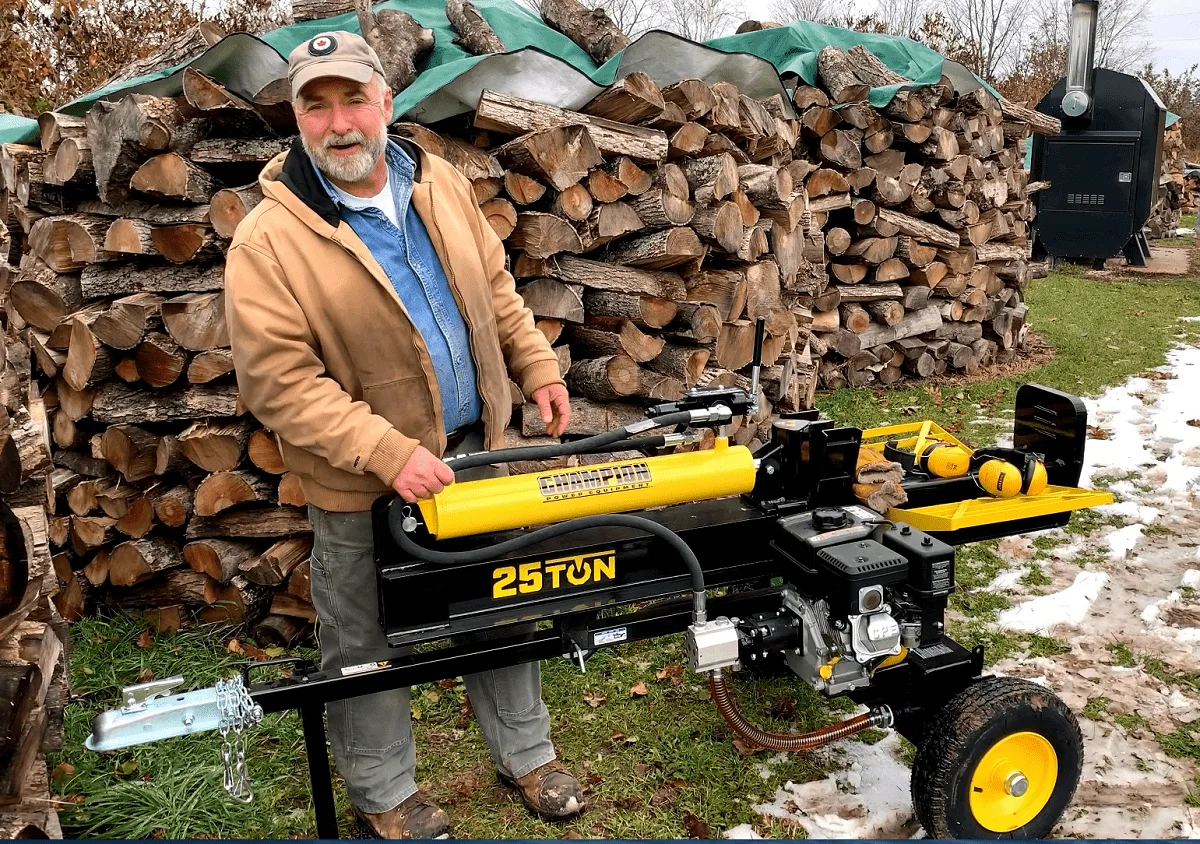
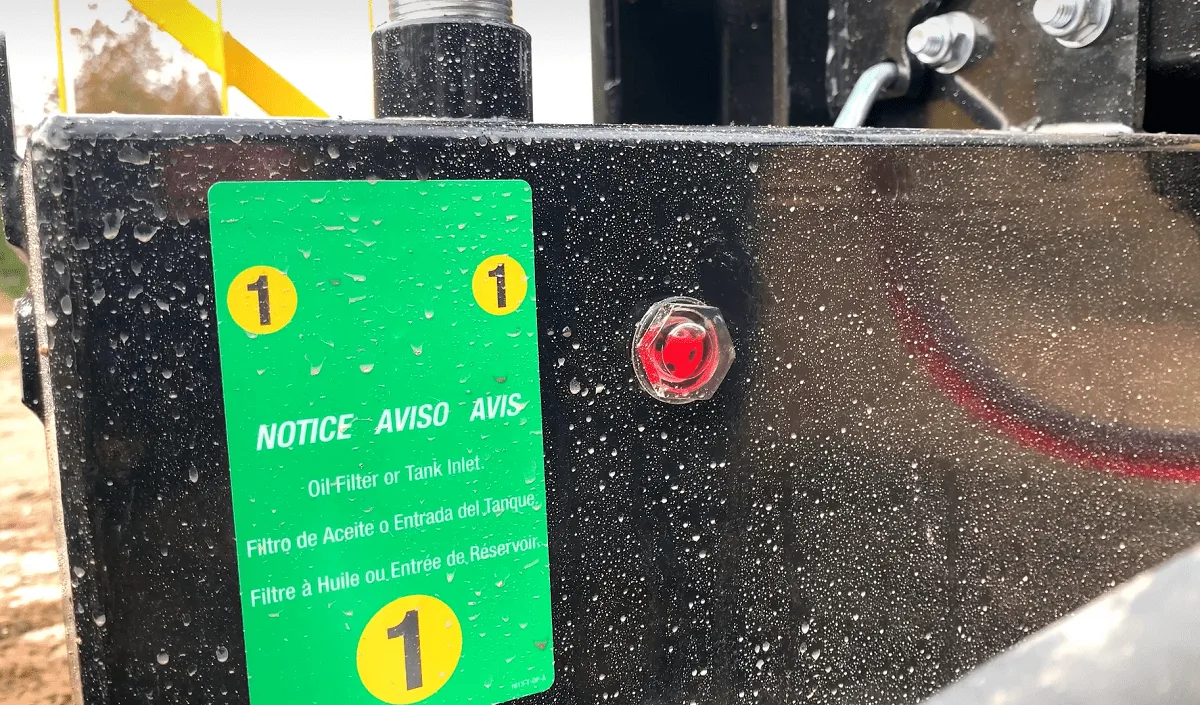
Steve Maxwell and his wife Mary live on a 90-acre modern homestead on Manitoulin Island, Ontario in a stone house they built with local materials beginning in 1985. Steve is Canada’s longest-running home improvement and how-to columnist and editor of Home and Property. He divides his time working on the land, building things large and small, and creating articles and how-to videos that teach sustainable, self-reliant, hands-on living skills.









